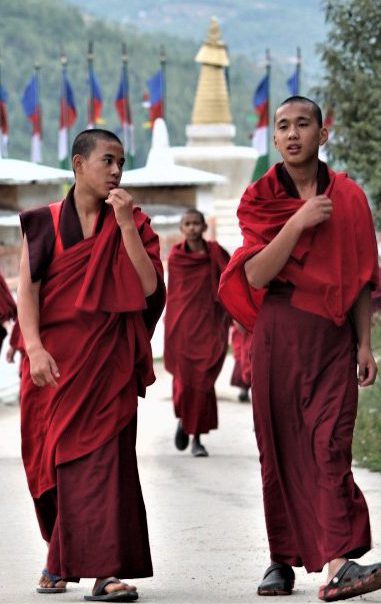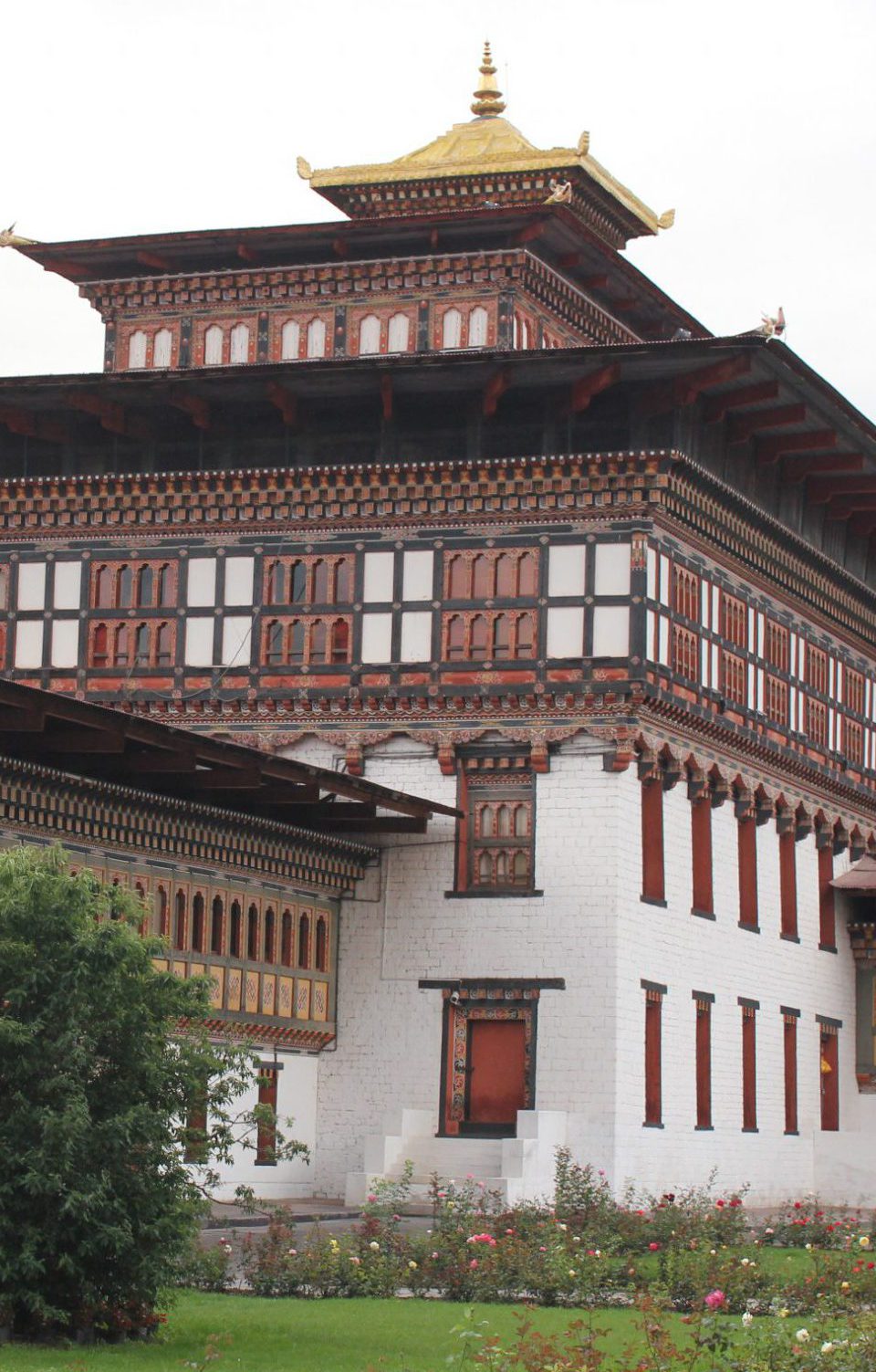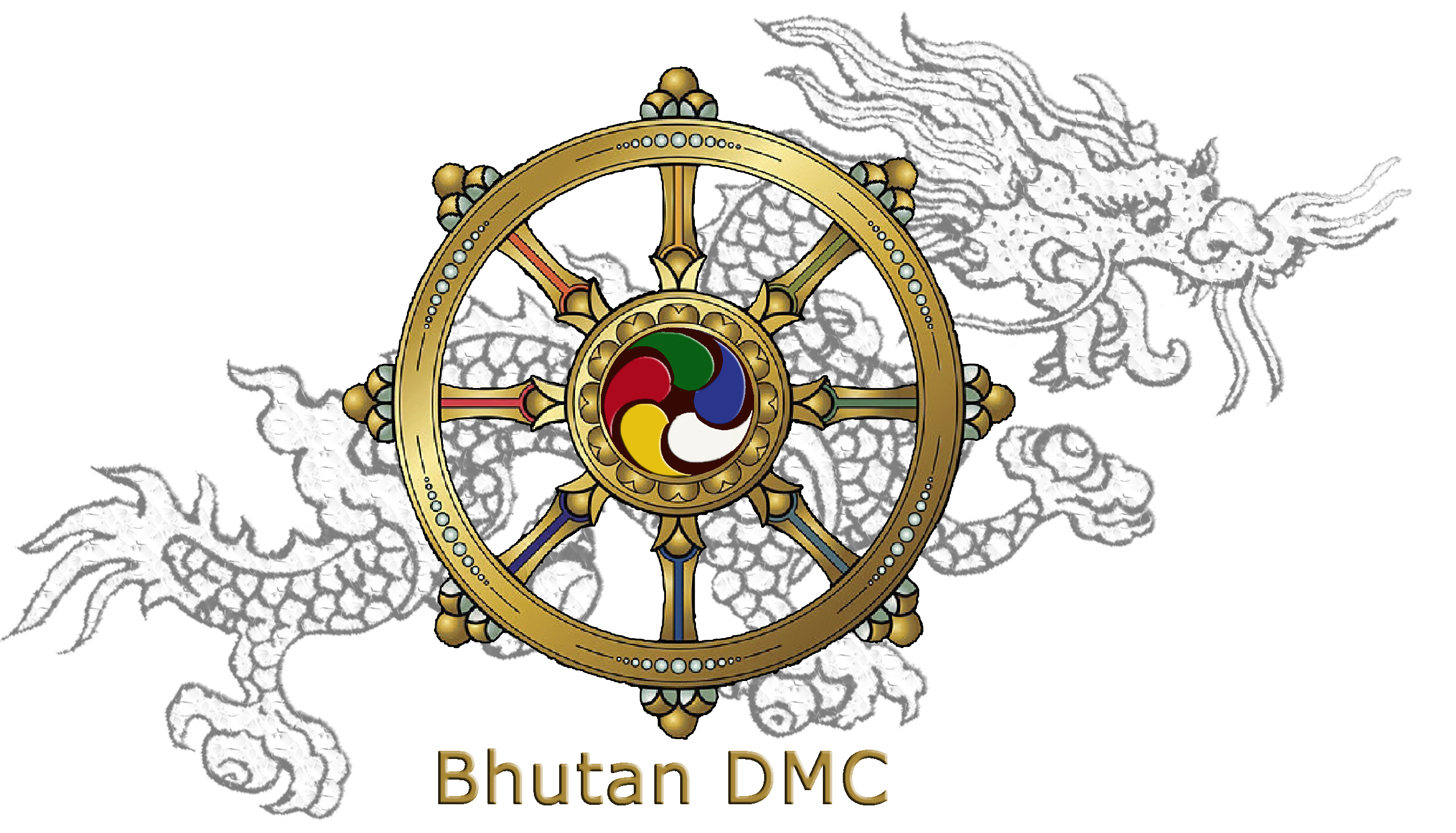People and Culture of Bhutan
Bhutan is one of the least densely populated countries in the world. The Kingdom’s independent history explains the nature of its people who are natural, confident, and gentle. Bhutanese people share a good sense of humour and of accommodating nature.
People from the western region of the country are often referred to as “Ngalops’ descendants of Tibetan immigrants who arrived in Bhutan from the 9th century. In the east, are the Scharchops, widely believed to be the original inhabitants of the country. To the south are the Lhotsampas, largely descendants of immigrants from Nepal who settled in Bhutan in the 19th century.

Bhutanese people are strongly independent in spirit and outlook. Not ever having been colonized, traditional Bhutanese society was characterized by small scattered communities living in isolation with little contact with one another. The first motorable road was built in Bhutan only in 1961, linking Bhutan to India in the south and eventually developing into a national highway that stretches across the country.
Bhutanese communities, therefore, retain a strong sense of individualism. We have the ‘Bumthaps’ or the people from Bumthang, and the ‘Mandheps’ in Trongsa, the Khengpas in the central region of Zhemgang, the nomadic ‘Layaps’ in the North West, the ‘Brokpas’ in the eastern villages of Merak and Sakteng, the ‘Doyas’ or ‘Lhops’ in the southern district of Samtse, and the ‘Lepchas’ in the south.
While Dzongkha is the national language, and English is widely spoken, Bhutan has registered 19 languages and dialects. The diversity in language and culture is an indication of the cultural richness and heritage of the country.
People in Bhutan, no matter how simple their rural lives are, have a welcome smile for every visitor. The Bhutanese people are gracious hosts and treat all visitors as guests. Bhutanese hospitality is even more evident in the rural villages where the local people welcome visitors as honoured guests.
The Buddhist faith has played and continues to play a fundamental role in the cultural, ethical and sociological development of Bhutan and its people. It permeates all strands of secular life, bringing with it a reverence for the land and its well-being. The air of spirituality is pervasive even in the urban centres where the spinning of prayer wheels, the murmur of mantras and glow of butter lamps in the houses are still important features of everyday life. Bhutan’s religious sites and institutions are not museums, but the daily home of its people.
One of the most striking physical features of Bhutan is its architecture. The characteristic style of every building and house in the Kingdom is a distinct source of aesthetic pleasure. The Dzong themselves – imposing 17th century structures built on a grand scale without the help of any drawings and held without a single nail – are outstanding examples of the best in Bhutanese architecture. Pattern of rich colours adorn every wall, beam, pillar, door and cave in traditional splendor.
Like its architecture, its art and painting are important aspects of Bhutanese culture and they depict the spiritual depth of Bhutanese life. Whether it is on a wall, or one of the renowned Thangkhas or murals, painters use vegetables dyes to give their work the subtle beauty and warmth seen nowhere else in the world.
Bhutan also boasts an unparalleled wealth in its cottage industry. Its fine handicrafts of wood and bamboo, ornaments of gold and silver and highly developed weaving skills represent an advanced art form. Bhutanese hand-woven fabrics are not only prized by specialists but worn by every man, woman and child in the Kingdom. All these represent the best of Bhutanese art and culture.
Festivals in the Land of Thunder Dragon are rich and happy expressions of its ancient Buddhist culture. These festivals are held in all districts in honour of Guru Rinpoche, the saint who introduced Buddhism to Bhutan in the 8th century. Tshechus (festivals) are held on auspicious days and months in the Bhutanese calendar, and last up to five days in which a series of highly stylized masked dance rituals are performed. These festivals are also a big family and social occasion. People dress up in their finest clothes and most resplendent jewelry of coral and turquoise. They pack picnic lunches in their traditional bamboo baskets and stay all day at the festivals. People’s deep faith and devotion make these festivals a special occasion. At the same time, it is also an opportunity to join hundreds, and thousands of Bhutanese in taking part in an important religious and social occasion that often exudes a carnival atmosphere.

